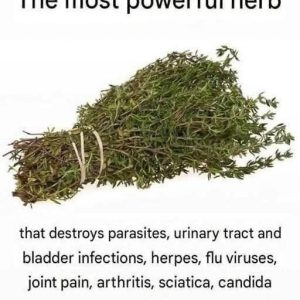Beef consumed at grocery stores or from local farms might look similar, but how the animals are raised can have huge effects—not just on taste, but also on nutrition, ethics, and environmental impact. Store-bought beef typically comes from large-scale, industrial operations (feedlots or CAFOs), while farm-raised beef—especially from smaller, pasture-based farms—is more likely to reflect traditional, sustainable farming practices. Understanding these differences empowers consumers to make more informed choices based on what matters most to them, whether that’s flavor, health, or sustainability.
On many small farms, cattle are raised more like nature intended: they graze freely in pastures, eat mostly grass, and grow more slowly. This slower, more natural life often yields beef with firmer muscle texture, more variation in fat distribution, and richer, more complex flavor. Pasture-raised cattle may later be “finished” on grain to develop marbling, but they generally have had more space to roam and more natural diets. This kind of farming is also often rooted in stewardship—farmers caring for the land, rotating grazing to protect soil, and emphasizing animal welfare.
In contrast, much of the supermarket beef comes from feedlots. In these systems, cattle are confined, eat grain-heavy rations formulated for rapid weight gain, and have limited space to move. The result is very standardized meat: consistent marbling, tender texture, and predictable appearance. The efficiency of such systems makes feedlot beef cheaper, widely available, and uniform — but at the cost of the richer sensory profile and traditional character that many associate with pasture-raised beef.
Nutritionally, there are important distinctions between grass- or pasture-raised beef and conventional feedlot beef. Research shows that grass-fed or grass-finished beef tends to have less total fat but a more favorable fatty acid profile: higher in omega-3s, more conjugated linoleic acid (CLA), and lower levels of certain saturated fats. For example, one review found that grass-fed beef has a better ratio of omega-6 to omega-3 and more long-chain n-3 polyunsaturated fatty acids. Other sources note that grass-fed beef is richer in antioxidants (like vitamin E) and other nutrients. That said, some experts argue that while these differences exist, they may not be dramatic enough to make a huge health impact, depending on how much beef a person eats.
When it comes to environmental impact, the picture is not entirely straightforward. Many consumers assume that pasture-raised beef is more eco-friendly, because of practices like rotational grazing and the potential for carbon sequestration in well-managed soils. However, recent research challenges this assumption. A study published in the Proceedings of the National Academy of Sciences found that, per kilogram of protein, emissions from efficient grass-fed operations can actually be 10–25% higher than those from grain-fed cattle—even after accounting for soil carbon storage. The long lifespan of grass-fed cattle (since they grow more slowly) leads to more methane emissions over time. The study also noted that grass-fed systems use much more land. This doesn’t mean feedlot systems are without environmental downsides—they generate a lot of manure, concentrate waste, and can strain local water resources—but the idea that grass-fed is always better for the climate is under debate.
Ethics and animal welfare are also key in this debate. Pasture-raised cattle on small farms often have much better living conditions: more space, natural grazing, and lower stress. These farms may also more closely tie into sustainable land practices, such as rotational grazing that helps maintain soil health and biodiversity. In contrast, large feedlot operations can concentrate thousands of animals in confined spaces, which raises serious welfare concerns. The trade-off many consumers see is between lower-cost, high-efficiency production and more humane, sustainable—but often more expensive—farming.
Ultimately, choosing between store-bought and farm-raised beef comes down to your personal priorities. If you care most about price and convenience, feedlot beef is hard to beat. If flavor, animal welfare, and nutrition matter more to you, pasture-raised or grass-finished options might be worth the extra cost. And if environmental impact is your main concern, there’s no simple answer—both systems have pros and cons, and emerging research suggests that we need to look carefully at land use, emissions, and management practices.
In the end, being aware of how your beef was raised helps you align your food choices with your values. Whether you prioritize supporting small farms, reducing your carbon footprint, or simply enjoying a more flavorful piece of meat, understanding these differences gives you more power to make intentional purchases—and eat more mindfully.




